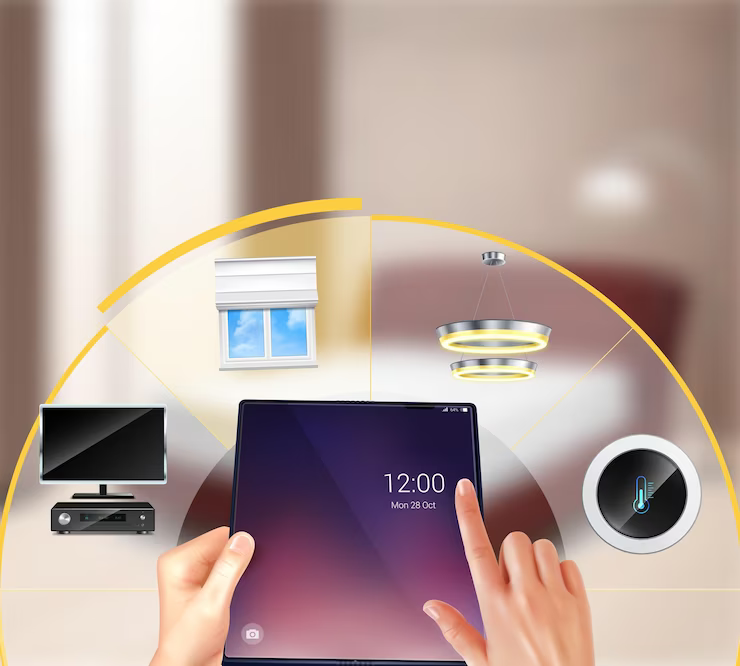Automated lighting systems have become increasingly popular in recent years, providing homeowners with the ability to control their home lighting from a single device or even remotely through a smartphone. While there are plenty of pre-built systems on the market, many people choose to create their own DIY automated lighting systems. In this article, we’ll discuss the pros and cons of DIY automated lighting systems, helping you decide whether or not they’re right for you.
Table of Contents
- Introduction
- What is DIY Automated Lighting?
- Pros of DIY Automated Lighting
- Cons of DIY Automated Lighting
- Factors to Consider Before Building a DIY Automated Lighting System
- Conclusion
- FAQ
1. Introduction
Automated lighting systems are designed to make your life easier and more convenient, providing you with greater control over your home lighting. While pre-built systems are readily available, many homeowners choose to create their own DIY automated lighting systems. These systems can be customized to fit your specific needs and preferences, providing you with greater control and flexibility over your lighting.
2. What is DIY Automated Lighting?
DIY automated lighting involves creating a custom lighting system that can be controlled through a variety of devices, including smartphones, tablets, and computers. These systems are typically built using a combination of off-the-shelf components and custom-built components, providing homeowners with the ability to tailor their system to their specific needs.
3. Pros of DIY Automated Lighting
There are many benefits to building your own DIY automated lighting system. Here are some of the pros:
3.1. Customization
One of the biggest advantages of DIY automated lighting is the ability to customize the system to fit your specific needs. You can choose the type of lights you want to use, the colors and brightness levels, and even the way they’re controlled.
3.2. Cost Savings
DIY automated lighting systems can be less expensive than pre-built systems, particularly if you already have some of the components on hand. This can be a great option for homeowners who want to upgrade their lighting without breaking the bank.
3.3. Easy to Install
Many DIY automated lighting systems are designed to be easy to install, even for those with limited technical knowledge. This means you can save money on installation costs and get your system up and running quickly.
3.4. Greater Control
With a DIY automated lighting system, you have greater control over your lighting than you would with a pre-built system. You can set up your system to respond to specific triggers or events, such as motion detection or changes in temperature, and you can control your lighting from anywhere using a smartphone or tablet.
4. Cons of DIY Automated Lighting
While there are many benefits to DIY automated lighting systems, there are also some potential drawbacks to consider. Here are some of the cons:
4.1. Technical Knowledge Required
Building your own DIY automated lighting system requires some technical knowledge, particularly if you plan to customize the system. If you’re not comfortable with electrical wiring and programming, you may find it difficult to build your own system.
4.2. Lack of Support
When you build your own DIY automated lighting system, you won’t have access to the same level of support as you would with a pre-built system. This means you’ll need to be prepared to troubleshoot any issues that arise on your own.
4.3. Risk of Incompatibility
When you build your own DIY automated lighting system, there’s always a risk that the components you choose won’t work together properly. This can be frustrating and time-consuming to troubleshoot.
4.4. Limited Scalability
DIY automated lighting systems are typically designed for a single room or area


